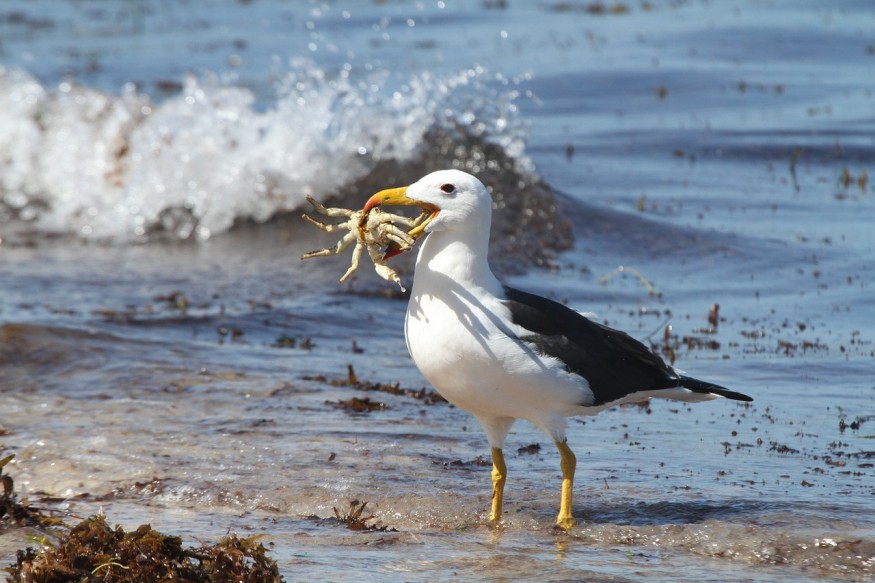Invasive mice species are gnawing to death adult albatrosses on the uninhabited Marion Island, located in the sub-Antarctic Indian Ocean between South Africa and Antarctica. The threat could be considered as an ecological disaster as the invasive species threaten the albatross population on the island. The ferocious mouse swarm also attacked invertebrates and plants living on the island.
Albatrosses are large seabirds that can be found mostly in the Southern Hemisphere, where Marion Island is situated. These avians are known for their hardened stamina for long flights, meaning they can travel far distances without rest. Despite their aerial resilience, the said birds are vulnerable to predators while on the ground.
Previous research has found that certain invasive mouse species are causing albatross numbers to plummet and that the seabirds are more vulnerable to predation than previously thought, a story also covered by Nature World News last year. In this context, albatrosses, the world's largest flying seabirds, are at risk more than ever.
Marion Island Invasive Mice

The invasive mice on Marion Island are known for eating native invertebrates and seabird chicks that breed in the remote island for decades. However, the said discovery is the first time documentation of invasive mouse attacking adult albatrosses, Live Science reported.
In April, researchers found eight dead adult albatrosses, raising concern among conservationists. A researcher from Nelson Mandela University in South Africa, Maelle Connan, told Live Science that it is becoming problematic when mice start to attack adult seabirds.
This comes as the mouse population on the island has grown significantly over the past several decades.
Also Read : Albatross and Petrels: Intentionally Killed and Mutilated by Fishermen in Southwestern Atlantic
What are Albatrosses?
Aside from covering a vast distance of 500 miles a day, albatrosses can fly at a sustained speed of 50 miles per hour, according to the Smithsonian Magazine. The white ocean bird belongs to the biological family Diomedeidae with the same scientific name. They are related to diving petrels, procellariids, and storm petrels of the order Procellariiformes.
Most albatross species can be found from Antarctica to South America. They also have a presence in southern Africa, Australia, and New Zealand. The massive seabirds can also be found in other parts of the world, such as the North Pacific albatrosses which can be found from Hawaii to Japan, Alaska, and California, according to the BBC Wildlife Magazine.
Albatrosses mainly feed on small fish and squid and they can also scavenge animal carcasses floating on the surface of the water.
Albatross Threats
Aside from invasive mice species, there are other threats to albatross populations worldwide, particularly anthropogenic factors like commercial and fishing vessels due to potential collisions. In addition, other invasive alien species and climate change also put the seabirds at risk, according to the wildlife magazine.
In fact, 15 out of 22 albatross species are already considered at risk of extinction, according to the IUCN Red List. The primary cause of injury of death of albatrosses is getting caught at longline fishing, since they also spend most of their life at sea.
Related Article: Invasive Mouse Threatens Albatross Population
© 2025 NatureWorldNews.com All rights reserved. Do not reproduce without permission.





